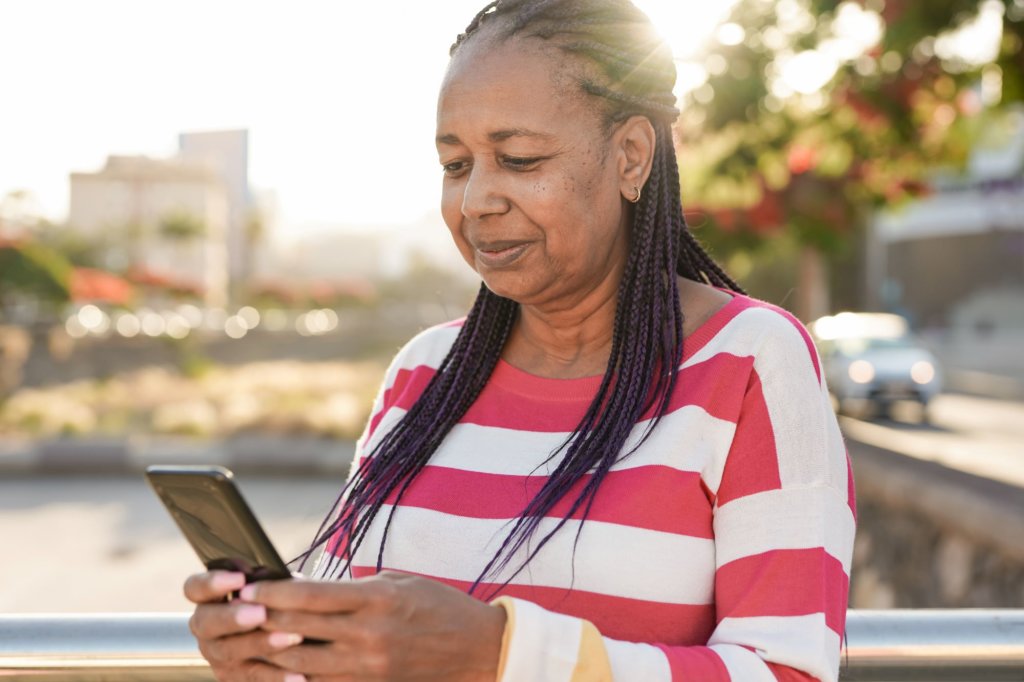Modern tech devices come with an extensive collection of built-in accessibility features that are designed to make screens easier to read, navigate, and use for everyone. These features can make a big difference in daily usage and tech interactions. Let’s take a look at some of the most common settings so you can customize your devices for better accessibility.
Making Text More Readable
One of the easiest and most impactful accessibility changes is making text more readable. You can accomplish this in a few ways:
- Text Size: Most smartphones, tablets, and computers allow users to increase font size across the device. This is especially helpful for reading small text on webpages or in apps.
- Bold Text or Font Changes: Some devices offer bold text or the option to change your default font, making letters thicker and/or easier to distinguish.
- Magnification Gestures: Most devices have screen zoom features for easier viewing. This can help with reading fine print or small icons on demand.

Enhancing Contrast and Color Options
Updating color and contrast settings can be game-changing for individuals with vision challenges or color blindness.
- High Contrast and Dark Mode: Many devices offer high-contrast themes or dark mode, which can make text easier to read and reduce eye strain.
- Color Filters and Inversion: Applying color filters or inverting colors can improve the visibility of text and images.
- Customizable Color Options: Some systems even allow you to select custom color schemes, offering even more control over contrast and visibility.
Leveraging Screen Readers and Voice Navigation
Voice navigation and screen readers can be invaluable for people who are blind or have limited vision.
- Screen Readers: Built-in programs like VoiceOver (iOS), TalkBack (Android), or Narrator (Windows) read text and describe elements on the screen, like photos or website menus. You can also choose to download third-party screen readers with more add-ons and features if necessary.
- Voice Control and Dictation: With voice commands and virtual assistants, you can navigate your device, run vocal shortcuts, and even dictate texts without touching the screen.
- Text-to-Speech Settings: For longer articles or emails, text-to-speech can read the content aloud, providing a hands-free way to consume information.
Simplifying Navigation and Motor Accessibility
Motor accessibility tools can help users who experience motor challenges or simply want an easier way to navigate their devices. Here are a few common options:
- Assistive Touch and Accessibility Shortcuts: Both iOS and Android have on-screen menu options that allow users to access common functions like volume control or screen lock with a single tap.
- Keyboard Shortcuts and Custom Gestures: Customizable gestures and keyboard shortcuts can streamline common actions on devices, minimizing the need for precise movements.
- Haptic Feedback: Adding vibrations to touchscreen actions can help confirm selections, making navigation smoother for some users.
- Eye Tracking: iPhones now have an eye-tracking feature that allows you to navigate your phone with your eyes. It uses the front camera and requires some calibration, but it can prove useful in many cases. Android is also coming out with eye-tracking features in the near future.
Device accessibility features exist to make devices as user-friendly as possible through necessary accommodations. Learning how to use these tools can greatly improve your overall experience when using technology. By experimenting with text, contrast, voice options, and motor accessibility tools, you can create a device setup that works better for your needs. Whether you’re adjusting these settings for yourself or helping a loved one, these small changes can make a big impact.
